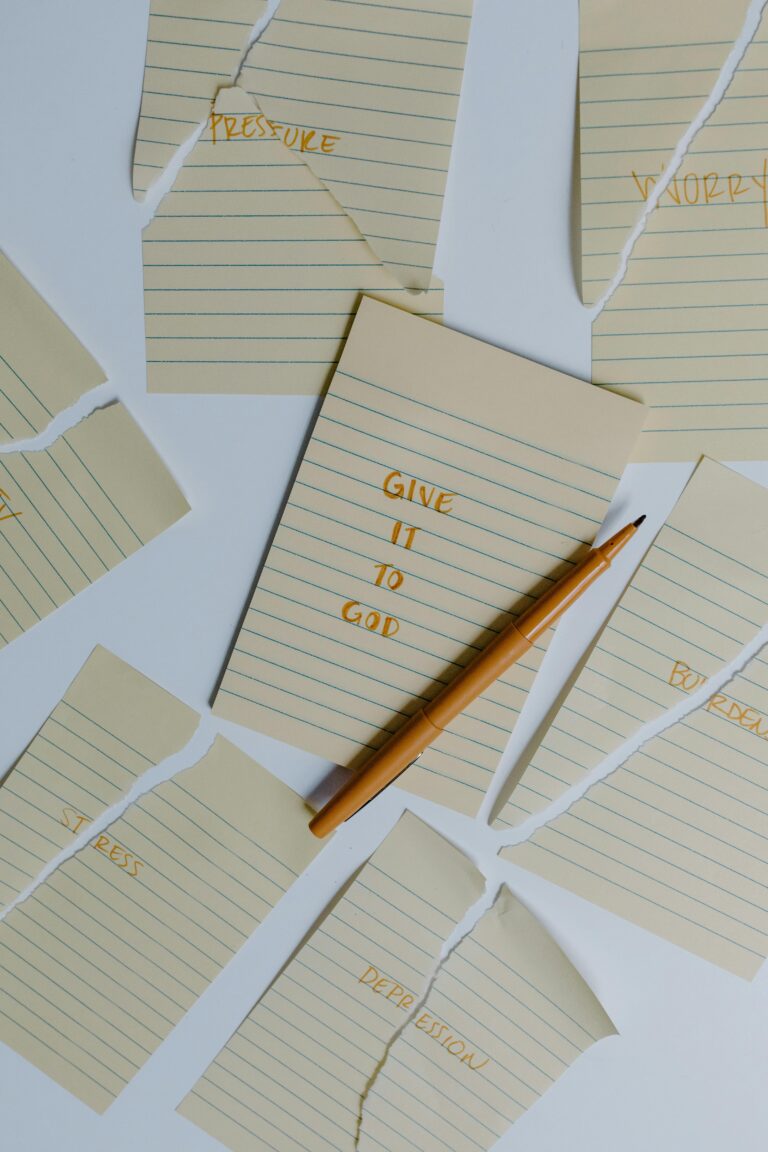What is the 5 5 5 Rule for Anxiety?
Ah, anxiety. That unwelcome guest that shows up uninvited, often at the most inconvenient times. You know, like when you’re about to give a presentation or try to impress someone on a first date. If you’ve ever felt that rush of panic creeping in, you’re not alone. Thankfully, there are various strategies to help manage those feelings, and one of them is the nifty 5 5 5 rule. But what is it exactly, and how can it help? Buckle up, because we’re about to dive in.
Understanding the 5 5 5 Rule
The 5 5 5 rule is a simple yet effective technique designed to ground you in moments of anxiety. This approach helps you refocus your mind by engaging your senses, pulling you back from that all-too-familiar spiral of worry. The beauty of the 5 5 5 rule lies in its simplicity—it’s something you can use anywhere, whether you’re in a crowded coffee shop or hiding in the bathroom during a family gathering. So, how does it work?
Step 1: Identify 5 Things You Can See
Start by looking around and naming five things you can see. This could be as mundane as the coffee mug on your desk or the tree outside your window. The key here is to really observe—notice the colors, shapes, and textures. This sensory engagement shifts your focus from what’s causing your anxiety to the present moment. Plus, it’s a great excuse to appreciate the little things in life. “Wow, that cactus really does look like it’s having a bad hair day!”
Step 2: Identify 5 Things You Can Feel
Next, turn your attention to five things you can physically feel. This could be the warmth of your hands on your lap, the texture of your shirt, or even the weight of your body against the chair. If you’re feeling adventurous, you could even take a moment to squeeze a stress ball or run your fingers over a soft surface. This tactile engagement can help ground you, reminding you that you are, in fact, here and now. It’s like a cozy hug for your nervous system.
Step 3: Identify 5 Things You Can Hear
Finally, listen closely and identify five things you can hear. This might include the hum of the refrigerator, the distant sound of traffic, or even the rhythmic tapping of your fingers on the keyboard. By tuning into your auditory environment, you can further anchor yourself in the present. The best part? You might discover sounds you never noticed before—like that tiny bird outside your window that has a surprisingly melodious voice!
Why the 5 5 5 Rule Works
At this point, you might be wondering, “Why does this seemingly simple exercise help?” Well, when anxiety strikes, your brain tends to go into overdrive, often causing a flood of negative thoughts and feelings. The 5 5 5 rule disrupts this cycle by redirecting your attention. It engages your senses, promoting mindfulness and helping you detach from those racing thoughts. Think of it as a reset button for your brain—a quick reboot when you’re feeling overwhelmed.
Practical Tips for Using the 5 5 5 Rule
If you’re ready to give the 5 5 5 rule a whirl, here are some tips to maximize its effectiveness:
- Practice Regularly: The more you practice this technique, the more natural it will feel. You might even find it handy during mundane activities, like waiting in line or sitting in traffic.
- Combine with Other Techniques: The 5 5 5 rule can be paired with other anxiety-reducing strategies, such as deep breathing or visualization techniques. Why not create your own personal toolbox for anxiety management?
- Be Patient with Yourself: It’s normal for your mind to wander. If you find yourself slipping back into anxious thoughts, gently bring your focus back to the exercise. It’s all part of the process.
Incorporating the 5 5 5 Rule into Daily Life
One of the best aspects of the 5 5 5 rule is its flexibility. You can use it during high-stress moments, like before a big meeting or when you’re feeling anxious about social interactions. But you can also incorporate it into your daily routine. Consider using it as a morning ritual to set a positive tone for the day, or as a calming practice before bedtime to help ease into sleep.
Remember, everyone experiences anxiety differently, and what works for one person might not work for another. So, be open to experimentation. Maybe you’ll find that the 5 5 5 rule is your new best friend, or perhaps it will lead you to discover other techniques that resonate more with you.
In a world that often feels chaotic, having a go-to strategy like the 5 5 5 rule can be a game changer. So, the next time anxiety sneaks up on you, just remember: look, feel, and listen your way back to a calmer state of mind. You’ve got this!

